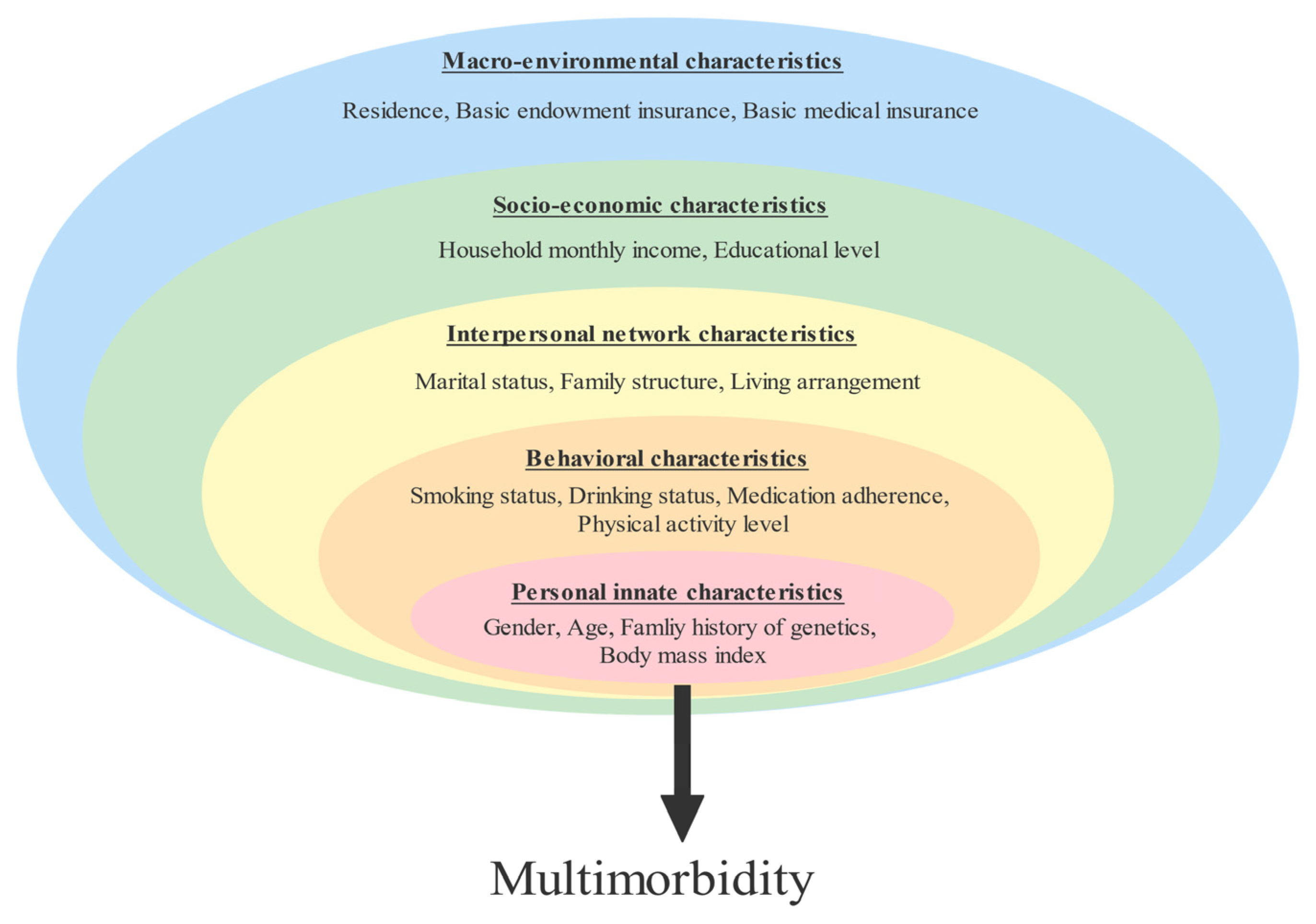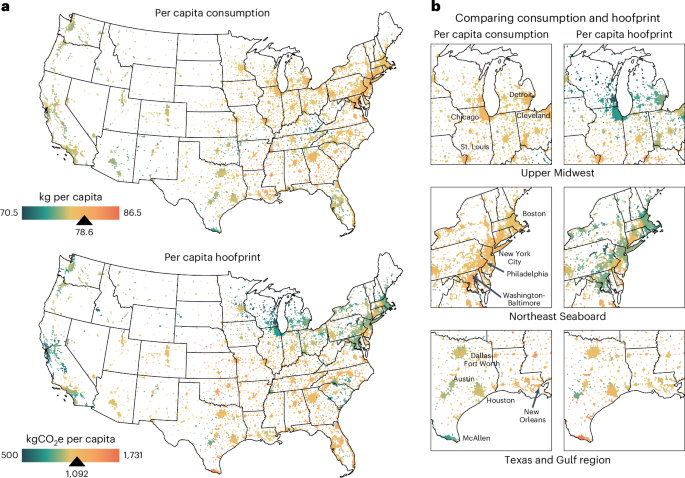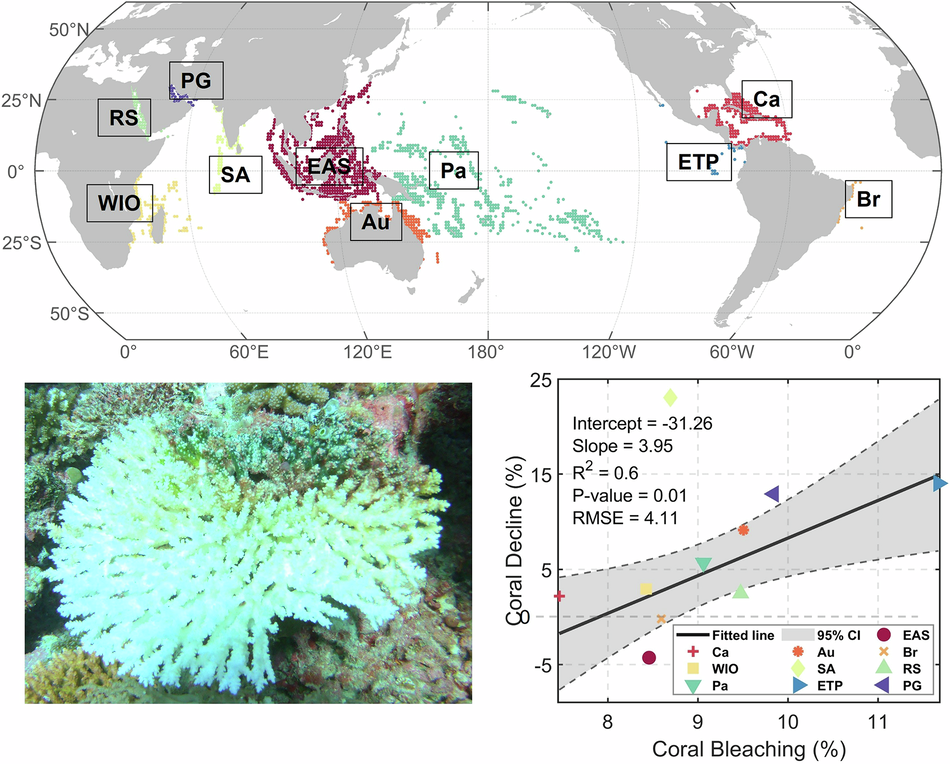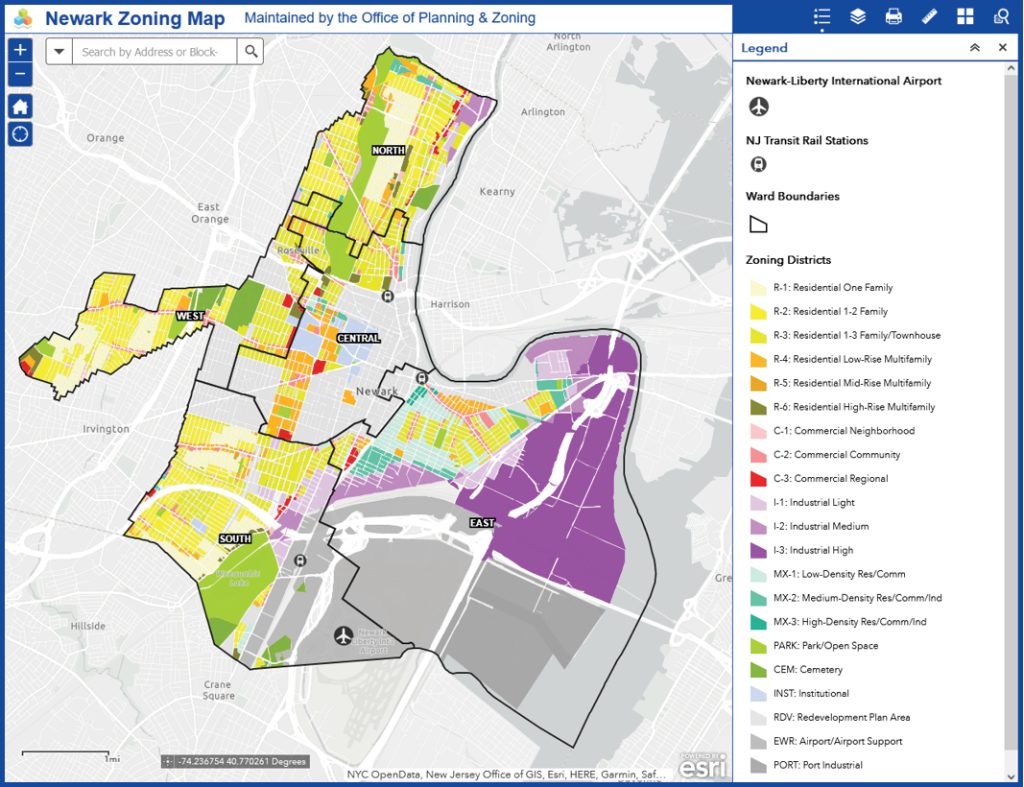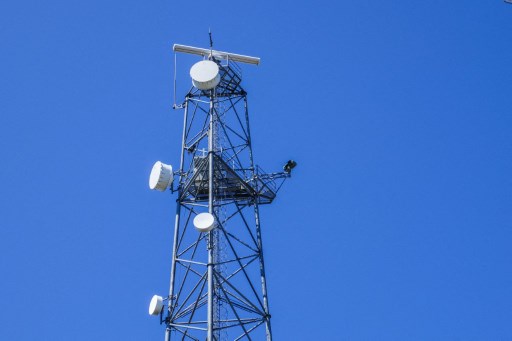POWERGRID Showcases Industry 4.0 Innovations at DPE Workshop; Highlights Digital Transformation Initiatives – Indian Masterminds

Report on POWERGRID’s Industry 4.0 Initiatives and Alignment with Sustainable Development Goals
1.0 Introduction
This report details the strategic implementation of Industry 4.0 technologies by the Power Grid Corporation of India Limited (POWERGRID), a Maharatna Central Public Sector Enterprise (CPSE). The information is based on a presentation delivered by Naveen Srivastava, Director (Operations), at a workshop organized by the Department of Public Enterprises (DPE) in New Delhi. The report emphasizes how these technological advancements directly support and advance several United Nations Sustainable Development Goals (SDGs).
2.0 Digital Transformation and Technological Integration
2.1 Leadership in Public Sector Innovation
POWERGRID was selected as one of only two utility companies to present its experience with Industry 4.0, signifying its recognized leadership in digital transformation among CPSEs. The presentation, titled “Use of Industry 4.0 Technologies – Perspectives from POWERGRID,” showcased the corporation’s commitment to modernization and operational excellence, aligning with national strategic priorities such as Digital India and Atmanirbhar Bharat.
2.2 Key Industry 4.0 Initiatives
POWERGRID is integrating a suite of advanced technologies into its core operations to enhance the national grid’s performance and resilience. These initiatives include:
- Artificial Intelligence (AI)-enabled predictive maintenance
- Augmented Reality/Virtual Reality (AR/VR) for assisted inspections and training
- Development and deployment of digital substations
- Implementation of smart grid technologies for enhanced monitoring and control
3.0 Contribution to Sustainable Development Goals (SDGs)
POWERGRID’s digital transformation is fundamentally linked to achieving key SDGs by creating a more efficient, reliable, and sustainable energy infrastructure.
3.1 SDG 7: Affordable and Clean Energy
By enhancing grid stability and reducing transmission losses through smart technologies, POWERGRID ensures more reliable and affordable access to electricity for all. A modernized grid is crucial for integrating renewable energy sources, directly contributing to the clean energy transition.
3.2 SDG 9: Industry, Innovation, and Infrastructure
The adoption of Industry 4.0 is a direct investment in building resilient infrastructure and fostering innovation. These efforts enhance industrial capacity and promote sustainable industrialization through a stable and efficient power supply.
- Enhanced Asset Management: AI-driven predictive maintenance minimizes downtime, ensuring infrastructure reliability.
- Improved System Reliability: Smart grid technologies allow for real-time monitoring and management, preventing large-scale outages.
- Fostering Innovation: POWERGRID’s pioneering role serves as a model for technological adoption across the public sector.
3.3 SDG 11: Sustainable Cities and Communities
A robust and intelligent national grid is the backbone of sustainable cities. POWERGRID’s initiatives support urban centers by providing the stable energy required for essential services, transportation, and economic activity, making communities more inclusive, safe, and resilient.
3.4 SDG 13: Climate Action
The operational efficiencies gained from digitalization contribute to climate action by reducing energy waste and associated carbon emissions. Furthermore, a smarter grid facilitates a higher penetration of variable renewable energy sources like solar and wind, which is critical for mitigating climate change.
4.0 Conclusion
POWERGRID’s strategic embrace of Industry 4.0 technologies positions it as a key enabler of India’s energy transition and digital transformation. The corporation’s initiatives deliver significant operational improvements, including enhanced safety, reduced downtime, and superior asset management. Critically, this digital journey demonstrates a profound commitment to national development priorities and the global Sustainable Development Goals, particularly in building resilient infrastructure (SDG 9) and ensuring access to affordable and clean energy (SDG 7).
Analysis of Sustainable Development Goals (SDGs) in the Article
1. Which SDGs are addressed or connected to the issues highlighted in the article?
-
SDG 7: Affordable and Clean Energy
The article focuses on POWERGRID, India’s primary electric power transmission utility responsible for the national grid. Its efforts to modernize and improve the reliability of the power transmission network are fundamental to ensuring stable and reliable energy access for all, which is the core of SDG 7.
-
SDG 9: Industry, Innovation and Infrastructure
This is the most prominent SDG in the article. The text is centered on POWERGRID’s adoption of “Industry 4.0 technologies,” “digital transformation,” “smart infrastructure,” and “innovation.” These themes directly align with building resilient infrastructure, promoting inclusive and sustainable industrialization, and fostering innovation.
-
SDG 8: Decent Work and Economic Growth
The article highlights that the integration of new technologies leads to “operational excellence,” “boost[s] system reliability,” and “reduce[s] downtime.” These improvements in efficiency and productivity contribute to economic growth, a key aspect of SDG 8, by modernizing a critical industrial sector.
2. What specific targets under those SDGs can be identified based on the article’s content?
-
SDG 7: Affordable and Clean Energy
- Target 7.1: By 2030, ensure universal access to affordable, reliable and modern energy services.
- The article supports this target by describing POWERGRID’s work to “boost system reliability” and “reduce downtime” across its “vast transmission network,” which is essential for providing reliable energy services on a national scale.
- Target 7.b: By 2030, expand infrastructure and upgrade technology for supplying modern and sustainable energy services for all.
- POWERGRID’s adoption of “digital substations” and “smart grid technologies” is a direct example of upgrading technology and expanding infrastructure to create a modern energy system, as mentioned in the article.
- Target 7.1: By 2030, ensure universal access to affordable, reliable and modern energy services.
-
SDG 9: Industry, Innovation and Infrastructure
- Target 9.1: Develop quality, reliable, sustainable and resilient infrastructure.
- The article’s focus on “smart infrastructure” and initiatives to “boost system reliability” and “enhance asset management” directly contributes to developing a more reliable and resilient national power grid.
- Target 9.4: By 2030, upgrade infrastructure and retrofit industries to make them sustainable, with increased resource-use efficiency and greater adoption of clean and environmentally sound technologies and industrial processes.
- The integration of “Industry 4.0 tools” like “AI-enabled predictive maintenance” is a clear effort to upgrade infrastructure for greater efficiency and improved performance, as detailed in the presentation.
- Target 9.5: Enhance scientific research, upgrade the technological capabilities of industrial sectors in all countries, in particular developing countries, including, by 2030, encouraging innovation.
- The article showcases POWERGRID as a “model of innovation in the public sector” and highlights its “pioneering efforts in integrating smart technologies,” which directly aligns with upgrading technological capabilities and fostering innovation.
- Target 9.1: Develop quality, reliable, sustainable and resilient infrastructure.
-
SDG 8: Decent Work and Economic Growth
- Target 8.2: Achieve higher levels of economic productivity through diversification, technological upgrading and innovation.
- The article states that POWERGRID’s “digital journey” and adoption of new technologies lead to “operational excellence” and “reduced downtime,” which are direct measures of increased productivity through technological upgrading and innovation.
- Target 8.2: Achieve higher levels of economic productivity through diversification, technological upgrading and innovation.
3. Are there any indicators mentioned or implied in the article that can be used to measure progress towards the identified targets?
-
For SDG 7 (Affordable and Clean Energy)
- Indicator (Implied): Improvement in the reliability of the power supply. The article mentions efforts to “boost system reliability” and “reduce downtime,” which can be measured by metrics like the System Average Interruption Duration Index (SAIDI) and System Average Interruption Frequency Index (SAIFI).
-
For SDG 9 (Industry, Innovation and Infrastructure)
- Indicator (Mentioned): Adoption of Industry 4.0 technologies. The article explicitly lists “AI-enabled predictive maintenance,” “augmented/virtual reality (AR/VR)-assisted inspections,” “digital substations,” and “smart grid technologies” as implemented innovations.
- Indicator (Implied): Enhanced efficiency of asset management. The article states that technology is used to “enhance asset management,” which can be measured through asset utilization rates and maintenance costs.
- Indicator (Implied): Improvement in safety records. The article notes that technology helps to “improve safety and monitoring,” which can be tracked through a reduction in workplace accidents.
-
For SDG 8 (Decent Work and Economic Growth)
- Indicator (Implied): Reduction in system downtime. This is a direct measure of increased operational efficiency and productivity, mentioned as a key benefit of digitalization.
4. Summary of SDGs, Targets, and Indicators
| SDGs | Targets | Indicators (Mentioned or Implied in the Article) |
|---|---|---|
| SDG 7: Affordable and Clean Energy |
7.1: Ensure universal access to affordable, reliable and modern energy services.
7.b: Expand infrastructure and upgrade technology for supplying modern and sustainable energy services. |
– Improvement in system reliability. – Reduction in power transmission downtime. – Adoption of smart grid technologies and digital substations. |
| SDG 9: Industry, Innovation and Infrastructure |
9.1: Develop quality, reliable, sustainable and resilient infrastructure.
9.4: Upgrade infrastructure and retrofit industries for sustainability and efficiency. 9.5: Enhance research and upgrade technological capabilities to encourage innovation. |
– Adoption of specific Industry 4.0 technologies (AI, AR/VR). – Enhancement of asset management processes. – Improvement in safety and monitoring across the network. – Recognition as a leader in digital transformation and innovation. |
| SDG 8: Decent Work and Economic Growth | 8.2: Achieve higher levels of economic productivity through technological upgrading and innovation. |
– Achievement of operational excellence. – Reduction in operational downtime. |
Source: indianmasterminds.com

What is Your Reaction?
 Like
0
Like
0
 Dislike
0
Dislike
0
 Love
0
Love
0
 Funny
0
Funny
0
 Angry
0
Angry
0
 Sad
0
Sad
0
 Wow
0
Wow
0












